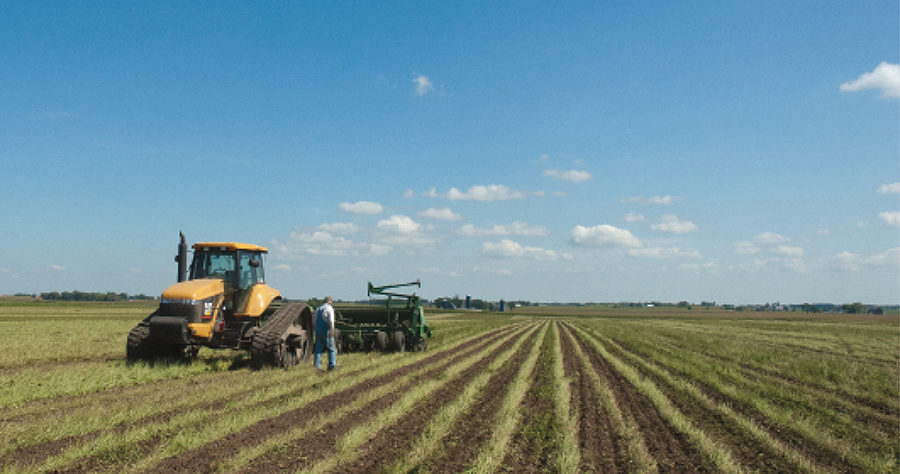No-Till Farmer
Get full access NOW to the most comprehensive, powerful and easy-to-use online resource for no-tillage practices. Just one good idea will pay for your subscription hundreds of times over.

When Allan Brooks and his father, Gil, started no-tilling vegetable crops in northern Wisconsin more than 40 years ago, they paid their penance.
The first time Allan no-tilled a field, a neighboring farmer angrily rode a lawn tractor up and down the road, watching his every move. Giant canneries took a dim view of the practice. Field crews checked boxes on paperwork saying fall tillage was being done — even though it wasn’t — so canning contracts would be approved.
But the Brookses have gotten the last laugh — many times over. About 6 years ago, several inches of rain, falling in about 36 hours, shut down harvest activities for crop processors in their area. Except for one place — one of Brooks’ no-tilled, irrigated fields of sweet corn.
Sitting in his office, Allan recently reflected on the success he and his father have enjoyed, and how the growth of no-till in the U.S. validated their decision to go that route.
“My Dad would always say, ‘Somebody doesn’t come and hand you a check when you do this. It’s over time that you benefit,’” Allan says. “What we’re running today is a product of two generations.”
Brooks Farms currently spans 2,100 acres and harvests 2,400 acres of crops, with about 300 acres of double-cropping. Approximately 1,700 acres is under irrigation.
The rotation at Brooks Farms hasn’t changed very much through the years, as they grow sweet corn, early peas, snap beans, green beans, lima beans and winter…